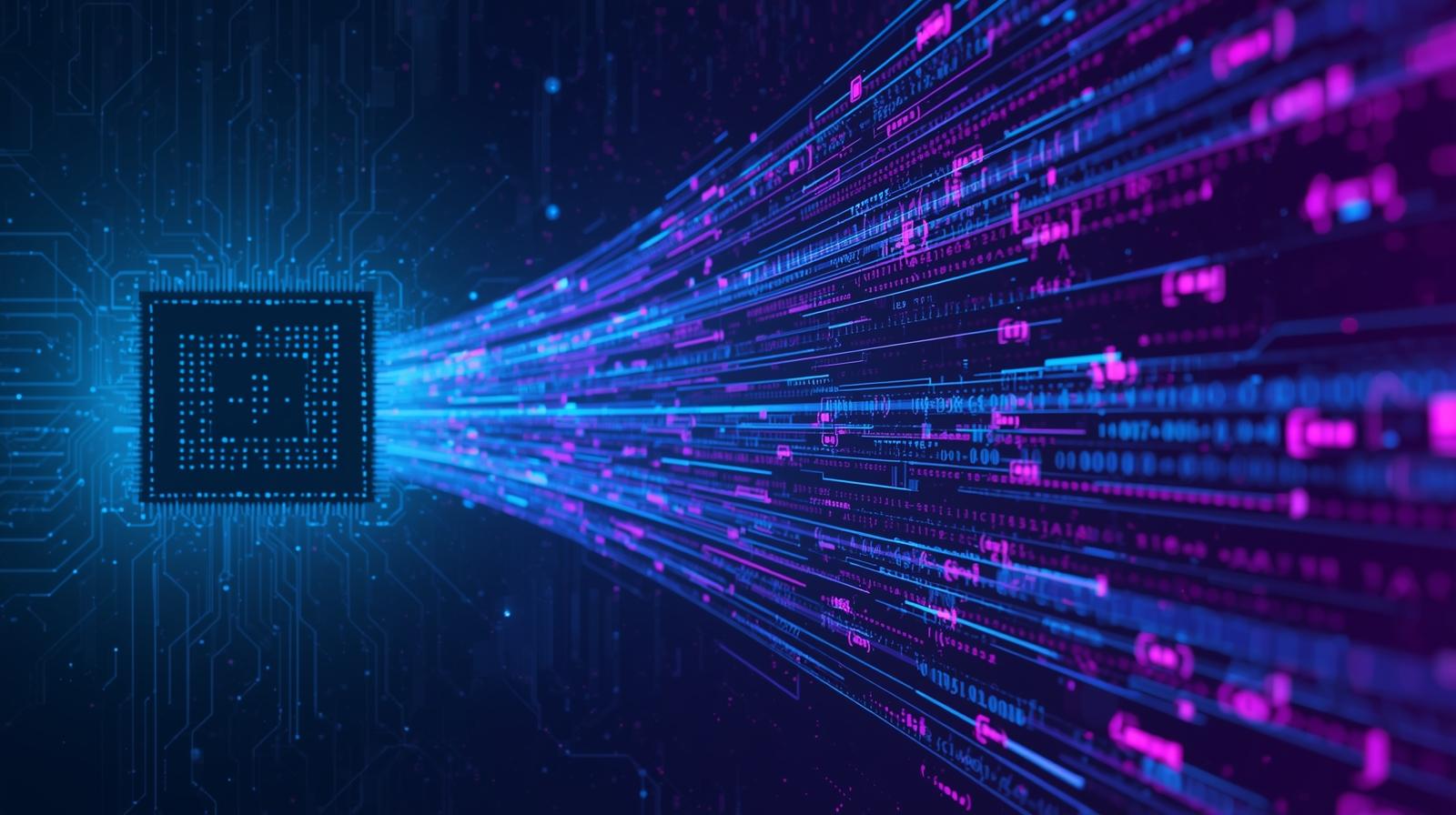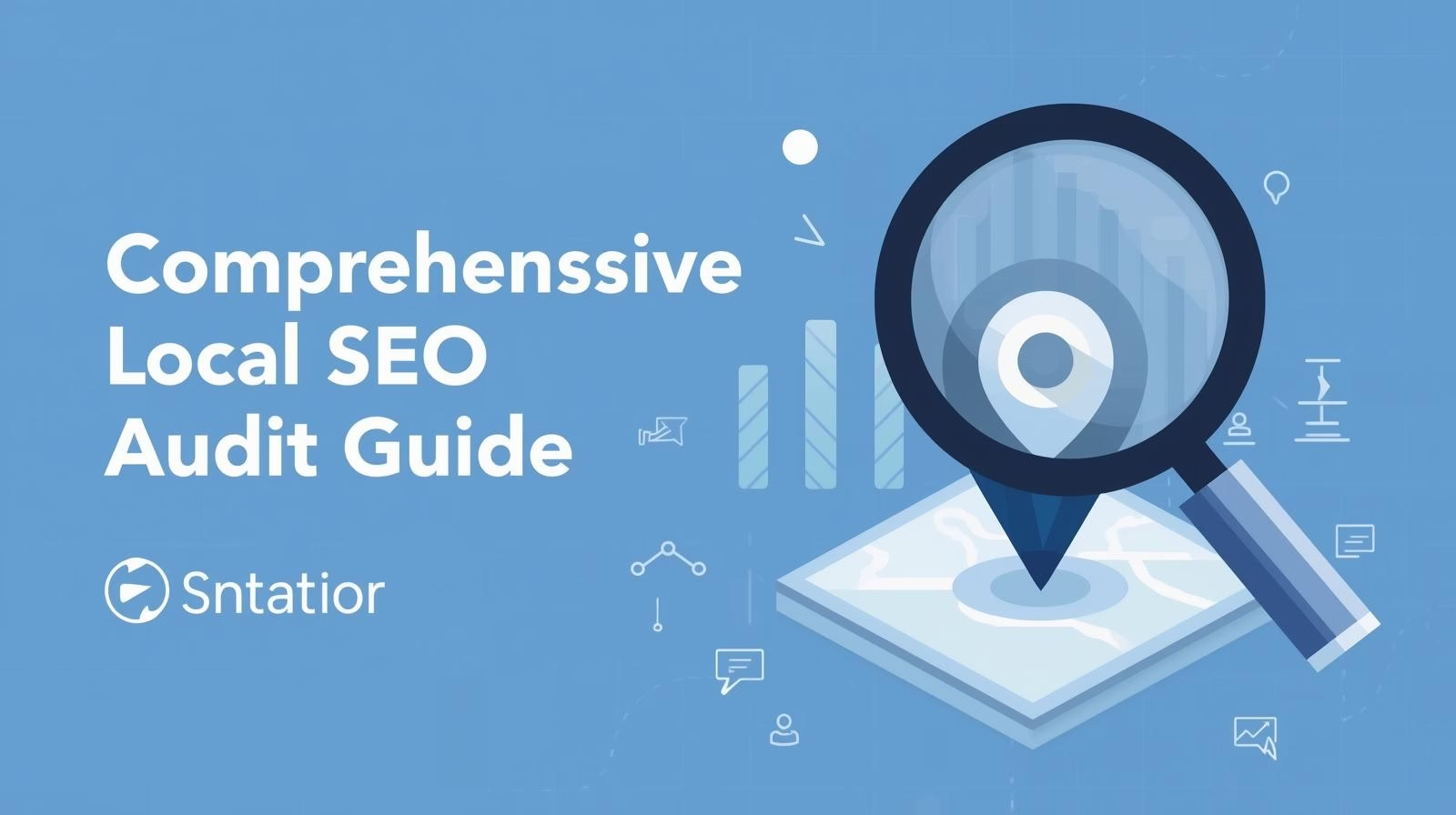Ever wondered how modern AI systems deliver such accurate, context-aware answers? The secret often lies in retrieval augmentation optimization (RAO). This cutting-edge technique enhances how large language models (LLMs) access, process, and generate information by pulling in the most relevant external data before answering your query.
In this article, we’ll break down what retrieval augmentation optimization is, why it matters, how it works, and how businesses and developers can leverage it to improve performance, accuracy, and user trust in AI-driven systems. Whether you’re an AI enthusiast, a developer, or a business owner curious about the latest in artificial intelligence, this guide will help you understand RAO inside and out.
What Is Retrieval Augmentation Optimization?
Retrieval Augmentation Optimization (RAO) is the process of enhancing a model’s ability to fetch and integrate external information into its reasoning and outputs. Instead of relying only on what the model was trained on (which can be outdated or incomplete), RAO allows the system to:
Search and retrieve up-to-date, relevant documents.
Filter and rank them by importance.
Incorporate results directly into the response generation process.
Think of it like giving your AI access to a personal research assistant. Instead of guessing based on memory, it quickly consults reliable sources, processes the findings, and delivers an informed answer.
Why Retrieval Augmentation Optimization Matters
In today’s fast-paced digital world, information changes constantly. Relying only on static training data limits an AI’s usefulness. RAO solves this by keeping models connected to the most relevant knowledge.
Key Benefits of RAO
Improved Accuracy – Ensures answers reflect the latest facts and insights.
Reduced Hallucinations – Minimizes “made-up” or misleading responses.
Domain-Specific Adaptation – Lets businesses feed models with their own data (e.g., product manuals, legal documents).
Scalability – Efficiently handles large datasets without retraining the model.
Trust & Transparency – By linking to sources, users can verify answers.
For example, a healthcare AI tool using RAO can fetch and integrate the newest clinical research rather than relying only on outdated training data.
How Retrieval Augmentation Optimization Works
To understand RAO, let’s break down its workflow into clear stages.
Step 1: Query Understanding
The system first interprets the user’s query. Natural language processing ensures that intent is captured, not just keywords.
Step 2: Information Retrieval
Relevant documents are pulled from:
Knowledge bases
Websites
Databases
Internal company files
These documents are often indexed using vector databases like Pinecone, Weaviate, or FAISS for fast similarity searches.
Step 3: Filtering & Ranking
Not all retrieved documents are equally valuable. Optimization ensures the best results rise to the top. Techniques include:
Semantic ranking
Relevance scoring
Context filtering
Step 4: Augmentation
The selected information is then injected into the model’s context window. This gives the AI “fresh memory” to work with when generating a response.
Step 5: Response Generation
Finally, the LLM produces an answer informed by both its original training and the newly retrieved context.
RAO vs. Traditional Retrieval-Augmented Generation (RAG)
You might have heard of RAG (Retrieval-Augmented Generation). So what’s the difference?
RAG is the general method of combining retrieval with text generation.
RAO focuses specifically on optimizing this retrieval process for accuracy, efficiency, and relevance.
Think of RAO as the fine-tuning step that makes RAG truly practical at scale.
Use Cases of Retrieval Augmentation Optimization
RAO is already transforming industries. Here are a few examples:
1. Customer Support
AI chatbots can instantly retrieve knowledge base articles to provide accurate solutions.
2. Legal Research
Law firms use RAO to pull statutes, precedents, and case law into AI-driven research tools.
3. Healthcare
Doctors can consult AI systems enhanced with the latest peer-reviewed studies for decision support.
4. E-commerce
Product search engines powered by RAO recommend items with greater precision based on descriptions, reviews, and user intent.
5. Financial Services
Advisors and analysts use RAO-driven tools to stay updated on regulations, market data, and risk assessments.
Challenges and Limitations of RAO
While powerful, retrieval augmentation optimization comes with challenges:
Data Quality Issues – Bad or biased sources can still influence results.
Latency – Retrieving and ranking data adds extra processing time.
Scalability – Managing huge datasets requires robust infrastructure.
Context Window Limitations – Models can only process so much external text at once.
Privacy Concerns – Sensitive internal data must be secured when used in retrieval.
Overcoming these challenges often requires careful design, monitoring, and governance.
Best Practices for Implementing Retrieval Augmentation Optimization
If you’re considering RAO for your AI system, here are some practical guidelines:
Use a High-Quality Vector Database – Speed and accuracy of retrieval depend on it.
Regularly Update Data Sources – Outdated data reduces reliability.
Fine-Tune Ranking Algorithms – Customize relevance scoring for your industry.
Integrate Human Oversight – Especially for high-stakes domains like law and medicine.
Prioritize Security – Encrypt sensitive datasets and control access.
Future of Retrieval Augmentation Optimization
As LLMs evolve, RAO will likely become a standard feature. Expect advances such as:
Smarter ranking algorithms powered by reinforcement learning.
Hybrid systems that combine symbolic reasoning with retrieval.
Personalized RAO tailored to individual users’ needs.
Better efficiency in handling massive datasets in real-time.
Ultimately, RAO could help AI systems transition from being “knowledgeable assistants” to “expert collaborators.”
Retrieval augmentation optimization is revolutionizing how AI systems think, learn, and answer. By combining retrieval with intelligent optimization, RAO improves accuracy, reduces hallucinations, and builds trust in AI-powered solutions.
Whether you’re a developer building smarter applications or a business owner exploring AI integration, understanding RAO gives you a competitive edge.
What do you think, will RAO become the backbone of trustworthy AI? Share your thoughts, or pass this article along to a colleague curious about AI’s future.
FAQs: Retrieval Augmentation Optimization
Q1. How does retrieval augmentation optimization improve AI accuracy?
RAO ensures that AI systems access up-to-date and context-relevant data before generating responses, reducing errors and hallucinations.
Q2. What’s the difference between RAO and RAG?
RAG integrates retrieval with text generation, while RAO focuses on optimizing the retrieval process itself for higher accuracy and efficiency.
Q3. Can small businesses use retrieval augmentation optimization?
Yes. With affordable tools like Pinecone or Weaviate, even small businesses can implement RAO for customer support, product search, and knowledge management.
Q4. What industries benefit most from RAO?
Industries like healthcare, law, finance, e-commerce, and customer service benefit most, as they require up-to-date, domain-specific information.
Q5. Does RAO completely eliminate AI hallucinations?
Not entirely, but it significantly reduces them by grounding responses in verified, retrieved data.


